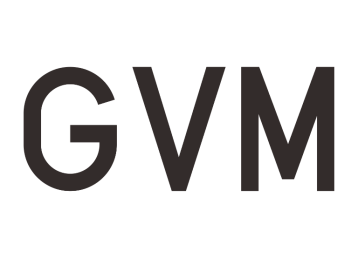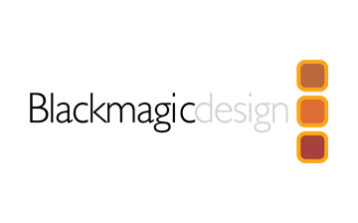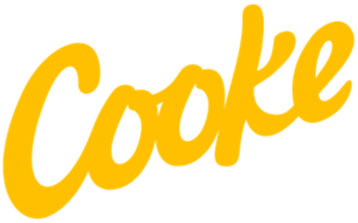
Ana Amortegui, ADFC, never set out to become a cinematographer. Growing up in Colombia, her dreams revolved around engineering, designing hydroelectric systems, and shaping the natural world through innovation. Her early years, however, were steeped in creativity as a dancer and choreographer, a path that inadvertently became her gateway to a world she would later illuminate—literally and figuratively—through her passion for cinematography.
Raised in a culture where blockbuster movies dominated the cinematic experience, Ana’s exposure to filmmaking was limited. As she pursued an electrical engineering degree, her love for dance remained a constant. Her talent in choreography landed her a position on a Colombian reality TV show, where her career trajectory took a surprising turn.
After the show ended, Ana was invited to choreograph for another TV show, an experience that introduced her to the intricacies of performing for the camera. Seeking to create dances tailored for the lens, Ana began collaborating with the cinematographer, learning about lighting, framing, and how to choreograph for visual storytelling. This sparked her interest in cinematography, setting her on a transformative journey.

Encouraged by mentors and driven by curiosity, Ana decided to pursue cinematography seriously. She relocated to the United States, embodying the resilience of an immigrant with a dream. Juggling several jobs while attending film school, she immersed herself in the technical aspects of filmmaking, with a particular fascination for lighting.
Her first significant break came through a role at a grip and lighting rental house. There, Ana not only learned to operate equipment but also built a network within the film industry. She often exchanged hours of work for access to lighting gear, using weekends to shoot her projects. This dedication paid off as she gained hands-on experience, working her way up through the ranks as an electrician.
The road to success was not without its challenges. Ana often found herself the only woman on set in the electrical department, facing skepticism and bias. Early in her career, mistakes or setbacks were frequently attributed to her, a reflection of the gender biases ingrained in the industry. Yet, Ana refused to conform to stereotypes. Rather than adopting a hard exterior, she chose to lead with kindness and professionalism. “I believe in respect and balance.”

Her journey began with an independent web series that reached Sundance Film Festival, a prestigious accomplishment early in her career. However, her big break came with the superhero TV series Black Lightning. “I was fortunate that the showrunner believed in me despite my limited experience at the time,” she recalls.
Ana credits her daughter as her “lucky charm,” signifying the pivotal moment when her career as a DP truly took off. Her breakthrough as a Director of Photography (DP) came under unique circumstances. While operating on a union show, she received an offer to shoot a low-budget feature—a dream opportunity, albeit with minimal pay. At the time, Ana was pregnant but chose to take the leap, concealing her pregnancy to avoid being perceived as a liability. The film, Dinner for Two, marked her debut as a DP, paving the way for subsequent projects.

Another pivotal moment was becoming the main Director of Photography for Quantum Leap. “It was my first time establishing the look of a show as the primary DP and responsible for the pilot. Each episode felt like shooting a new feature film, which pushed me creatively and technically.”

Ana’s unwavering passion for lighting became the foundation of her career. She describes lighting as the essence of visual storytelling, the tool that transforms a flat, two-dimensional image into a dynamic, three-dimensional world. Her approach involves working with natural light and shaping it to serve the narrative, whether through highlights and shadows or the careful use of color to evoke emotion and tone.

“I think you’re only as good as your crew,” she emphasizes. “I can do everything I love because I have them. They work hard, hustle, and adapt to every challenge that comes our way.” Production can often be unpredictable—delays, technical hiccups, or sudden changes. In these moments, a cohesive crew becomes essential. “You need a strong crew that can think on their feet and redirect when needed. Over time, we develop a synergy. Sometimes, I’ll just look at the gaffer, and we’re already on the same page.”
The collaborative spirit extends to relationships with directors and producers. “This business is about managing teams and resources while bringing the story to life. It’s about working with kind, honest, and dedicated people who share a common goal.”
Describing herself as an engineer DP, she explains, “An engineer is someone who solves problems, and in our industry, that’s a daily task. You don’t always know how, but you find a solution.”
Yet, she’s also a dancer DP—someone who moves with rhythm and intention. “As you dance with your body, you dance with the camera. Every shot is a piece of choreography, creating a seamless flow that draws the audience into the story.”
Her Colombian heritage plays a significant role in her artistic vision. “My culture is so vivid, colorful, and joyful. It shapes how I see and translate stories. It’s dramatic and deeply emotional, and that comes through in my work.”

Currently, she’s working on The Cleaning Lady, a TV series, and is eagerly anticipating the release of her feature film, Undercard. Shot in Puerto Rico, it’s a boxing drama starring Wanda Sykes.
Her aspirations include transitioning further into feature films. “I dream of creating stories that resonate deeply, expanding continuously into more cinematic storytelling.”
“Follow your dreams,” she advises. “You don’t need fancy equipment or a prestigious film school to succeed. What matters is passion, resourcefulness, and dedication. Shoot every scene like it’s your last because you’ll never get that moment back.”
She also emphasizes the importance of learning from those you admire. “Study their techniques, their paths, and their stories. If they could do it, so can you.” When asked about her top influences, she names four films: Road to Perdition, No Country for Old Men, In the Mood for Love, and Joker. Each left a lasting impression on her approach to storytelling and cinematography.
For this cinematographer, the journey is just as important as the destination. Every project, every frame, and every challenge is part of a lifelong dance with light, rhythm, and storytelling.






























